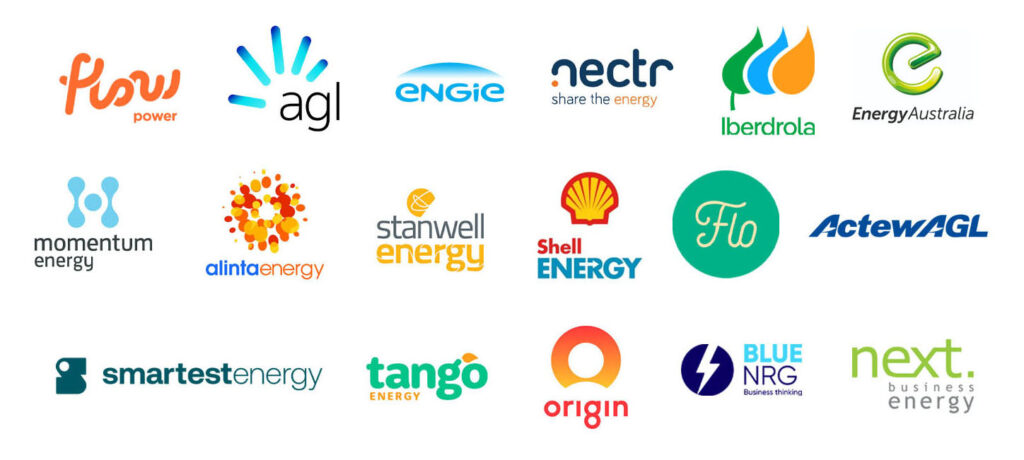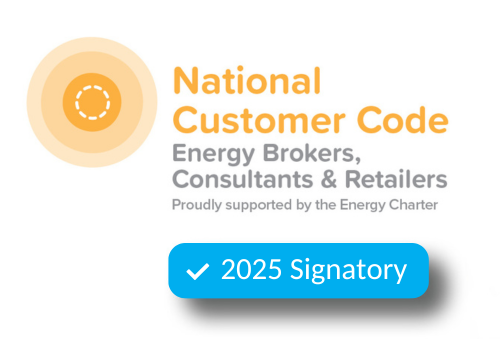11 September 2024
Navigating Commercial & Industrial Electricity Contracts: What Makes Them Different from SME and Residential Contracts
Blog
In Australia, commercial and industrial (C&I) electricity contracts are significantly different from SME and residential contracts in terms of flexibility, particularly concerning the ability to switch retailers or terminate a contract.
These differences stem from the size and usage profile of the electricity user and the impact that higher users can have on the network and retailers in terms of system demand and financial risk. Consequently, more complex structures, onerous terms, and higher financial penalties for breaking contracts early are characteristic of C&I electricity agreements. In contrast, SME and residential customers typically benefit from greater flexibility and switching providers is seamless.
Here’s how C&I contracts differ:
Nature of C&I Electricity Pricing Compared to SME and Residential
C&I Electricity Pricing:
Commercial and industrial (C&I) electricity pricing is typically more complex and presented to on customer invoices in an unbundled format.
When negotiating an energy rate, retailers typically only present an offer for the energy component (generated electricity) of supply costs, as well as environmental levies, meter fees and retail service charges. These generally do not include Transmission and Distribution (network) charges, market charges, and loss factors, and are usually tailored to the usage profile of these businesses.
Retailer price C&I offers are based upon wholesale electricity market rates, meaning the rates can fluctuate based on market conditions.
While C&I customers usually benefit from lower per-unit electricity rates due to their higher consumption, the complexity of the pricing structure requires careful management of energy use to avoid unexpected costs.
SME and Residential Electricity Pricing:
SME and residential customers typically have simpler, bundled pricing plans. These plans typically offer tariffs with a few rates as they bundle the energy component (generated electricity) costs, network charges, and various other fees, all rolled into one predictable rate.
This structure makes it easier to use and simplifies cost management for smaller consumers, who are generally insulated from wholesale market volatility.
While per-unit electricity costs tend to be higher for SME and residential customers than C&I customers, the pricing is straightforward and allows for easy comparison among providers. This makes switching electricity retailers a simpler and more transparent process for smaller users.
SME and Residential retail energy contracts are generally variable by default. Most retailers also offer fixed rate agreements as well, however, these will generally be more expensive.
Contract Complexity and Customization
Commercial & Industrial Electricity Contracts:
Designed to meet the specific requirements of higher volume retail electricity customers while helping the retailer manage risk, C&I contracts are generally lengthier, more complex and contain more onerous terms and conditions.
Although most retailers have a standard agreement format, the terms of the contracts can be tailored to the specific energy requirements of a commercial or industrial operation.
SME and Residential Electricity Contracts:
These contracts are far more standardized. They are designed for smaller energy consumers and follow simpler terms. SME and residential customers typically choose from pre-existing contract options provided by retailers without the need for customization.
Contract Terms & Lock-in Periods
C&I Contracts:
These contracts typically have long lock-in periods, often ranging from 1 to 5 years or longer for PPA-style agreements.
Once signed, the business is bound by the agreed-upon terms for the entire contract period, and early exit or switching carries significant financial costs.
SME and Residential Contracts:
The lock-in period for these contracts is usually shorter, ranging from 12 to 24 months, and many retail plans do not include a lock-in at all.
This flexibility allows smaller consumers to switch energy providers at the end of the contract or even mid-term without a penalty or at a loss cost relative to C&I agreements.
Early Termination Penalties
C&I Contracts:
C&I contracts lock businesses into long-term agreements, with substantial penalties for early termination. These penalties reflect the commitments energy retailers make on the wholesale market based on the expected demand from C&I customers.
Terminating or breaking a contract early can result in significant costs as retailers will seek to recover the contracted value of the contracts so they can cover the cost of their hedging arrangements.
SME and Residential Contracts:
These smaller customers generally face fewer barriers when switching retailers. Early termination fees are either much lower or non-existent. This flexibility allows SMEs and residential customers to move between providers more freely without incurring high exit costs.
Market Regulations
C&I Contracts:
As part of the “contestable” market, C&I customers negotiate their contracts directly with energy retailers, and these contracts are subject to fewer regulatory protections than SME and residential agreements. As a large energy user, an assumption is made that the customer is more sophisticated and therefore and therefore capable of managing more complex contracting arrangements.
The terms are often more rigid and onerous, making it harder and more costly to switch retailers or terminate contracts.
SME and Residential Contracts:
Protected by consumer rights regulations under the National Energy Retail Law (NERL), SME and residential customers enjoy more flexible terms. These regulations ensure that smaller customers can switch retailers with relative ease.
Tendering and Procurement Process
C&I Contracts:
The procurement process for C&I contracts is much more involved. Large energy users often engage in formal tenders or negotiations with multiple energy providers to secure the most favourable rates and contract terms.
These contracts are often designed based on the business’s long-term energy needs and cannot be easily changed without renegotiation or penalties.
SME and Residential Contracts:
Smaller customers can often switch providers using tools like Energy Made Easy, where they can compare different offers quickly and simply.
The process is less formal, and switching is designed to be as seamless as possible.
Impact of Wholesale Market Prices
C&I Contracts:
Due to their large energy consumption, C&I contracts are closely tied to wholesale energy prices. Retailers purchase energy in bulk to serve these clients, which ties the contract to specific wholesale market conditions.
As a result, switching or terminating a contract early disrupts these commitments, making the financial consequences much higher.
SME and Residential Contracts:
The energy consumption of SME and residential customers has a lower impact on wholesale market purchases.
Their retail rates are bundled and less exposed to wholesale price fluctuations, which allows greater flexibility in switching providers without the same financial penalties.
Summary
C&I electricity or natural gas contracts are highly customized, often involve long lock-in periods, and come with significant penalties for early termination or switching. These contracts are structured around wholesale energy purchases made on behalf of the business, making them less flexible
SME and residential contracts are much more flexible, with shorter lock-in periods or none at all. These customers benefit from stronger consumer protections and face fewer financial hurdles when switching retailers or terminating their contracts.
For C&I businesses, understanding these differences is crucial when planning energy procurement. Choosing the right contract length and terms can help mitigate financial risks, while smaller customers enjoy more flexibility in switching providers to find better deals.
Side by Side Comparison
Here is a comparison table highlighting the differences between C&I electricity contracts and SME/residential electricity contracts:
| Aspect | C&I Electricity Contracts | SME and Residential Electricity Contracts |
| Contract Complexity |
|
|
| Pricing Structure |
|
|
| Per-Unit Costs |
|
|
| Pass-Through Charges |
|
|
| Contract Length |
|
|
| Flexibility to Switch Providers |
|
|
| Market Regulation |
|
|
| Impact of Wholesale Market |
|
|
| Procurement Process |
|
|
We source, analyse, compare and rank commercial, industrial and multisite energy quotes. Obligation Free.
Chat with one of our experienced consultants today and get the insights your business needs to help manage the risks associated with volatile electricity and natural gas markets. Our energy procurement service is obligation-free and provides a time-saving way of securing lower energy rates from our panel of energy retailers.

Get advice from our Energy Management Consultants

James Iliffe
Managing Director
Get in Touch
Feel free to call or e-mail us. Or just fill in the form below and we’ll contact you for an obligation-free discussion.
Are you ready to save on business energy costs?
Get Started
Leading Edge Energy is proud to be a signatory of the National Customer Code for Energy Brokers, Consultants and Retailers.